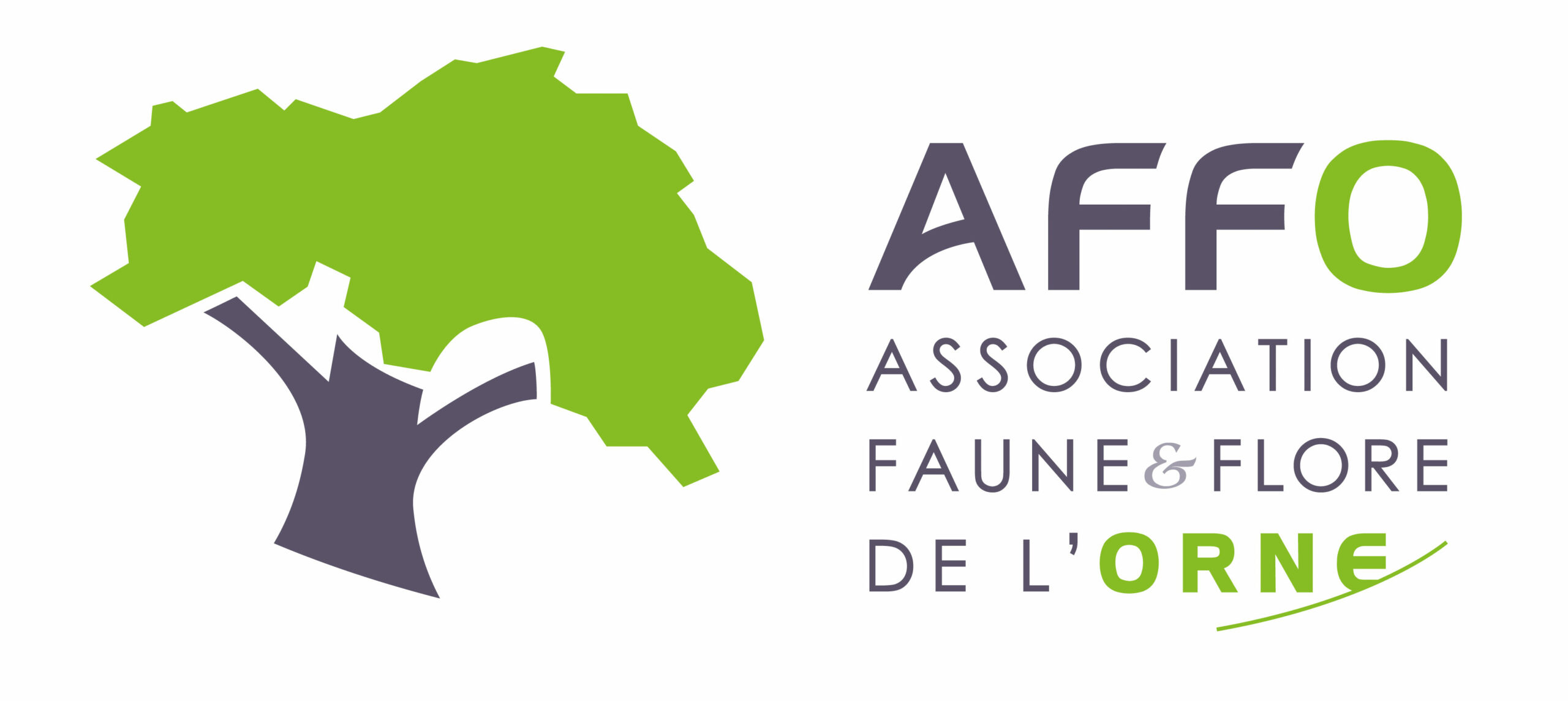Lotier corniculé
Lotus corniculatus L., 1753 subsp. corniculatus
Où cette espèce a-t-elle été observée ?
 Attention : cette espèce peut être présente où il n’y a pas de maille, mais à ce jour elle n’y a pas encore été observée.
Attention : cette espèce peut être présente où il n’y a pas de maille, mais à ce jour elle n’y a pas encore été observée.
- 158 observations
-
42
communes -
35
observateurs
4
organismes -
Première observation
1900 -
Dernière observation
2025
Appenai-sous-Bellême - Arcisses - Argenvilliers - Bazoches-sur-Hoëne - Belforêt-en-Perche - Bellavilliers - Berd'huis - Bretoncelles - Ceton - Champrond-en-Perchet - Corbon - Igé - La Chapelle-Montligeon - Le Mage - Le Pin-la-Garenne - Les Autels-Villevillon - Les Étilleux - Longny les Villages - Mauves-sur-Huisne - Montgaudry - Montlandon - Mortagne-au-Perche - Moutiers-au-Perche - Nogent-le-Rotrou - Parfondeval - Perche en Nocé - Pervenchères - Rémalard en Perche - Sablons sur Huisne - Saint-Germain-de-la-Coudre - Saint-Germain-des-Grois - Saint-Hilaire-sur-Erre - Saintigny - Saint-Jouin-de-Blavou - Saint-Mard-de-Réno - Saint-Pierre-la-Bruyère - Saint-Quentin-de-Blavou - Senonches - Souancé-au-Perche - Tourouvre au Perche - Trizay-Coutretot-Saint-Serge - Val-au-Perche
-
PNR du Perche
Participation à 149 Observations
Part d'aide à la prospection : 94.30 %
Fiche organisme
-
Association Faune & Flore de l'Orne (AFFO)
Participation à 7 Observations
Part d'aide à la prospection : 4.43 %
Fiche organisme
-
Conservatoire botanique national du Bassin parisien (CBNBP)
Participation à 1 Observation
Part d'aide à la prospection : 0.63 %
Fiche organisme
-
UMS PatriNat (OFB-CNRS-MNHN)
Participation à 1 Observation
Part d'aide à la prospection : 0.63 %
Fiche organisme
Informations espèce
Source : Biodiv'Écrins, Parc national des Écrins
Répartition actuelle en France métropolitaine
© INPN - Avertissement : les données visualisables reflètent l'état d'avancement des connaissances et/ou la disponibilité des données existantes au niveau national : elles ne peuvent en aucun cas être considérées comme exhaustives.
Répartition actuelle dans le monde
Avertissement : les données visualisables reflètent l'état d'avancement des connaissances et/ou la disponibilité des données existantes au niveau mondial : elles ne peuvent en aucun cas être considérées comme exhaustives.










